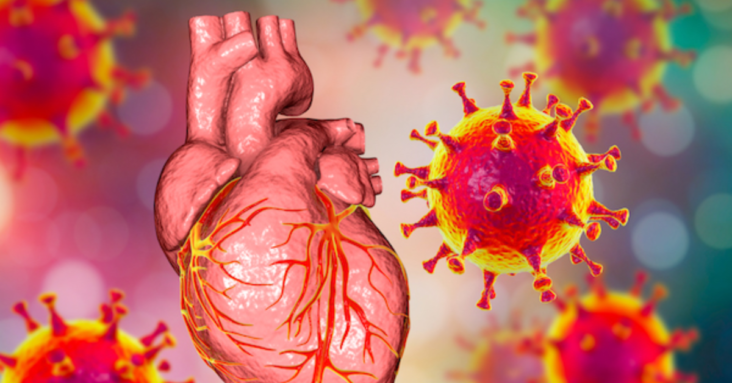
Abstract
Severe acute respiratory syndrome coronavirus 2 (SARS-CoV-2) mRNA vaccine-induced myocarditis is a rare but well-documented complication in young males. The increased incidence of sudden death among athletes following vaccination has been reported and requires further investigation. Whether the risk of myocarditis, a known major cause of sudden death in young male athletes, also increases after coronavirus disease 2019 (COVID-19) infection is unknown. The severity and implications of these critical adverse effects require a thorough analysis to elucidate their key triggering mechanisms. The present review aimed to evaluate whether there is a justification to hypothesize that catecholamines in a “hypercatecholaminergic” state are the key trigger of SARS-CoV-2 mRNA vaccine-induced myocarditis and related outcomes and whether similar risks are also present following COVID-19 infection. A thorough, structured scoping review of the literature was performed to build the hypothesis through three pillars: detection of myocarditis risk, potential alterations and abnormalities identified after SARS-CoV-2 mRNA vaccination or COVID-19 infection and consequent events, and physiological characteristics of the most affected population. The following terms were searched in indexed and non-indexed peer review articles and recent preprints (<12 months): agent, “SARS-CoV-2” or “COVID-19”; event, “myocarditis” or “sudden death(s)” or “myocarditis+sudden death(s)” or “cardiac event(s)”; underlying cause, “mRNA” or “spike protein” or “infection” or “vaccine”; proposed trigger, “catecholamine(s)” or “adrenaline” or “epinephrine” or “noradrenaline” or “norepinephrine” or “testosterone”; and affected population, “young male(s)” or “athlete(s).” The rationale and data that supported the hypothesis were as follows: SARS-CoV-2 mRNA vaccine-induced myocarditis primarily affected young males, while the risk was not observed following COVID-19 infection; independent autopsies or biopsies of patients who presented post-SARS-CoV-2 mRNA vaccine myocarditis in different geographical regions enabled the conclusion that a primary hypercatecholaminergic state was the key trigger of these events; SARS-CoV-2 mRNA was densely present, and SARS-CoV-2 spike protein was progressively produced in adrenal medulla chromaffin cells, which are responsible for catecholamine production; the dihydroxyphenylalanine decarboxylase enzyme that converts dopamine into noradrenaline was overexpressed in the presence of SARS-CoV-2 mRNA, leading to enhanced noradrenaline activity; catecholamine responses were physiologically higher in young adults and males than in other populations; catecholamine responses and resting catecholamine production were higher in male athletes than in non-athletes; catecholamine responses to stress and its sensitivity were enhanced in the presence of androgens; and catecholamine expressions in young male athletes were already high at baseline, were higher following vaccination, and were higher than those in non-vaccinated athletes. The epidemiological, autopsy, molecular, and physiological findings unanimously and strongly suggest that a hypercatecholaminergic state is the critical trigger of the rare cases of myocarditis due to components from SARS-CoV-2, potentially increasing sudden deaths among elite male athletes.
Keywords: athlete; catecholamine; covid-19; hypercatecholaminergic; myocarditis; sars-cov-2; sars-cov-2 mrna vaccine; sars-cov-2 spike protein; sudden death.
Copyright © 2022, Cadegiani et al.





